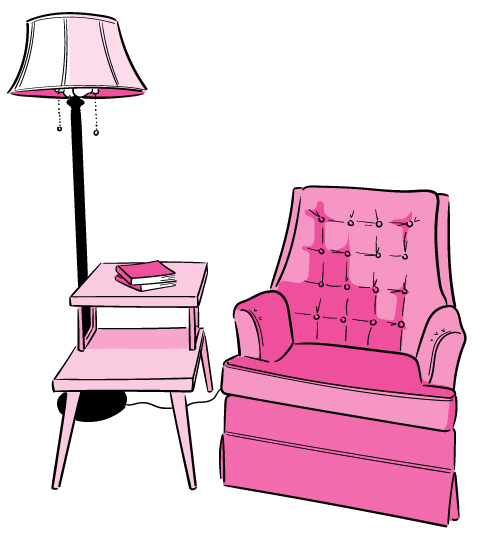I am a paranoid person, which, if we’re not going to be fussy about clinical definitions, means I feel a constant unreasonable fear, one ruled by no overarching logic or taxonomy. I am paranoid about my relationships and my work. I am paranoid about rising sea levels, air pollutants, tap water, dark parking lots, and the back seat of my car. I am paranoid about whether I’ve locked the door—really, properly locked the door. I experience frequent bouts of paranoia in regards to the men in my life—what do they get up to when I’m not around?—as well as to many men I do not know. I realize I don’t look like the paranoid type, which is culturally coded as someone white and male, so I am also paranoid about other paranoiacs, what they make of my face and my monosyllabic last name.
In other words, I am fixated on what I must regularly confront yet cannot control. It is a very human condition, if not the human condition. Philip K. Dick once said that “the ultimate in paranoia is not when everyone is against you but when everything is against you.” Who has not experienced this? It is, in a basic way that has to do with subjectivity and the limits of individual free will, the premise of existence, its inaugural bad deal. We wake up each day to find our environments aligned against us; whatever lies outside our bodies’ jurisdiction is evidence of the world’s ongoing disregard for our inner wishes and designs. We cannot assert our will on life, or move the furniture with our minds; we can only feel unease about the baroque and bewildering prearrangements of both. Why are things like this? And: Who put that chair there?
As Dick noted, everyone recognizes at some point that “objects sometimes seem to possess a will of their own.” Paranoia turns this recognition into enmity, soaking the world in malignant animism, turning all the tables—literal and figurative—against us. This is what Thomas Pynchon acknowledges in the opening of his 1966 novel The Crying of Lot 49, a staple of paranoiac literature. Protagonist Oedipa Maas, a reasonably prosperous housewife who lives among all the comforts of Californian suburbia, has a dark thought about a deceased ex-boyfriend. She’s alone in her house, and the thought makes her laugh out loud: “You’re so sick, Oedipa, she told...
You have reached your article limit
Sign up for a digital subscription and continue reading all new issues, plus our entire archives, for just $1.50/month.
Already a subscriber? Sign in





